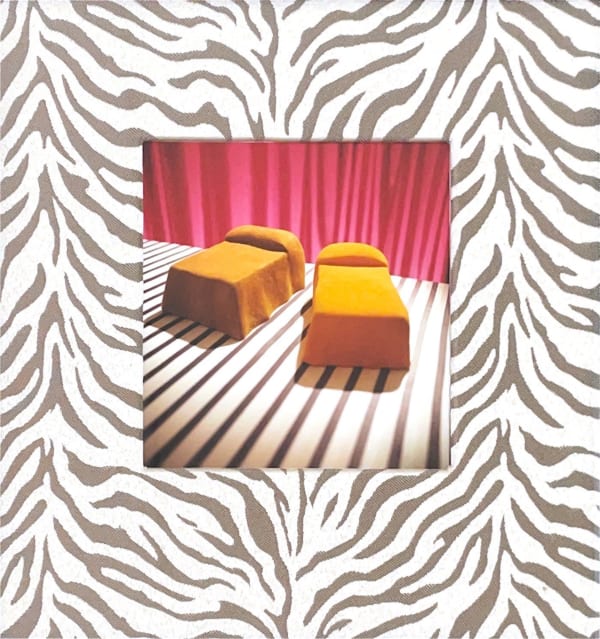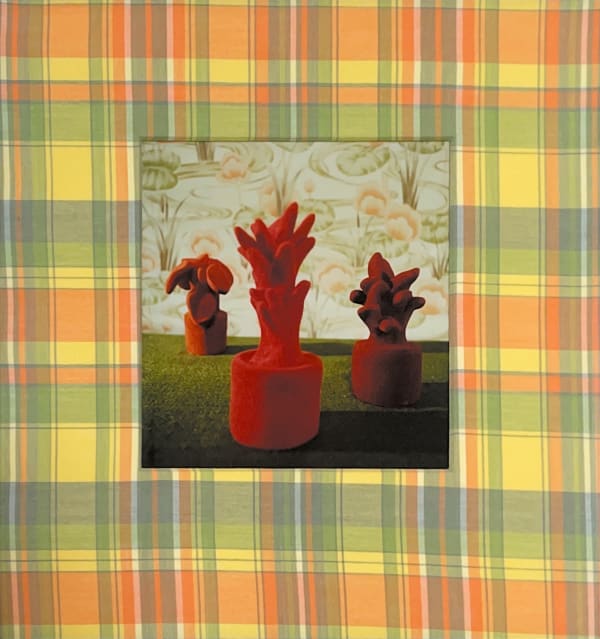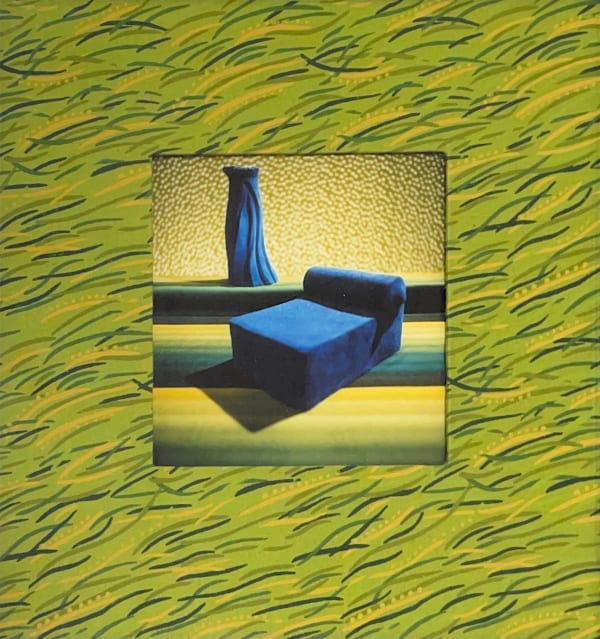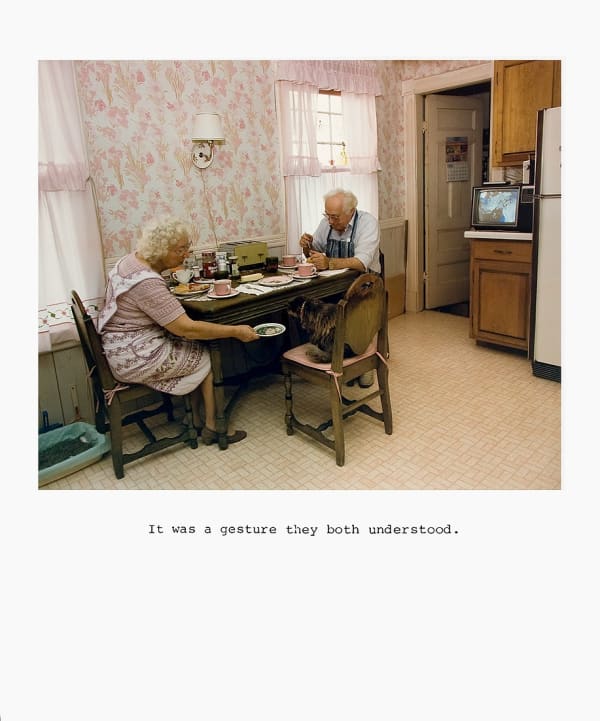-
Domestic Fictions: A Life Less Ordinary
Featuring: Jo Ann Callis, Bruce Charlesworth, and Mary FreyROSEGALLERY is pleased to present Domestic Fictions: A Life Less Ordinary, a focused curation of staged photographs by Jo Ann Callis, Bruce Charlesworth, and Mary Frey. A throwback to the charged, introspective themes of MoMA’s 1991 group show Pleasures and Terrors of Domestic Comfort.
19 November 2022 - 14 January 2023
-
-
Curator Peter Galassi — who was promoted to head of the Department of Photography during its remarkable run — stated in MoMA’s 1991 press release that artists, “began to photograph at home not because it was important, in the sense that political issues are important, but because it was there—the one place that is easier to get to than the street.” But don’t let his understatement fool you: these were not convenient photos. By playing with thematic poles, for instance, situating the blatantly contrived beside the rigorously documentarian, audiences were drawn deeper and deeper into the real or imagined drama of the subjects. This non-sociological, non-objective perspective (instilled by the sheer number of artists, some 70-plus) moved beyond a representation of home life as expected, suggesting instead the interior state of being at home.
-

Mary Frey, from the series Real Life Dramas, 1984-87
-
 Jo Ann Callis, from the series Interiors, 1995
Jo Ann Callis, from the series Interiors, 1995 -
“Home became… a place where others judged your worth as a homemaker and a wife, even as a person. Home became a container for never quite measuring up.”
— from “The Home In My Head” by Jennifer A. Watts
-
JO ANN CALLIS
-
Jo Ann Callis has been widely exhibited at the Museum of Modern Art, New York; the J. Paul Getty Museum; Los Angeles County Museum of Art; Hammer Museum; the Museum of Contemporary Art, Los Angeles; and the San Francisco Museum of Modern Art.
-
I used to think, “Oh, there is a pitcher, and there’s the cup.” And I was like, “Oh, yawn yawn. Why is this interesting?” So I thought, what if I took each of the objects in the still life and focused on them individually. And then let the viewer put them together in whatever way, because usually in normal still life with perspective, something in the foreground is usually more important or in focus.
- Jo Ann Callis
-
From the series 'Interiors', 1995
-
BRUCE CHARLESWORTH
-
Bruce Charlesworth is represented in the permanent collections of both the Museum of Modern Art and the Metropolitan Museum of Art in New York, the Fundação de Serralves in Oporto, the Minneapolis Institute of Arts, the Baltimore Museum of Art, and the Museum of Fine Arts, Houston.
-

Bruce Charlesworth, #21, from the series Fate, 1985
-
MARY FREY
-
Mary Frey is part of many public and private collections, including the Museum of Modern Art, New York; the Museum of Fine Arts, Houston; the Chicago Art Institute, and the International Polaroid Collection.
-
From the series 'Real Life Dramas', 1984-87
-
Back in the mid-eighties, the notion that a photograph presents an objective depiction of reality was being questioned by many photographers, including myself. How is meaning attached to an image? How does framing, point of view, rendering, and all the other choices a photographer makes influence this meaning? Can a photograph really capture truth? I would argue that a photograph holds its own truth - or fiction - and therein lies its strength. The fact that we trust what the photograph shows us feeds into this concept, giving it credibility.
- Mary Frey
-



















